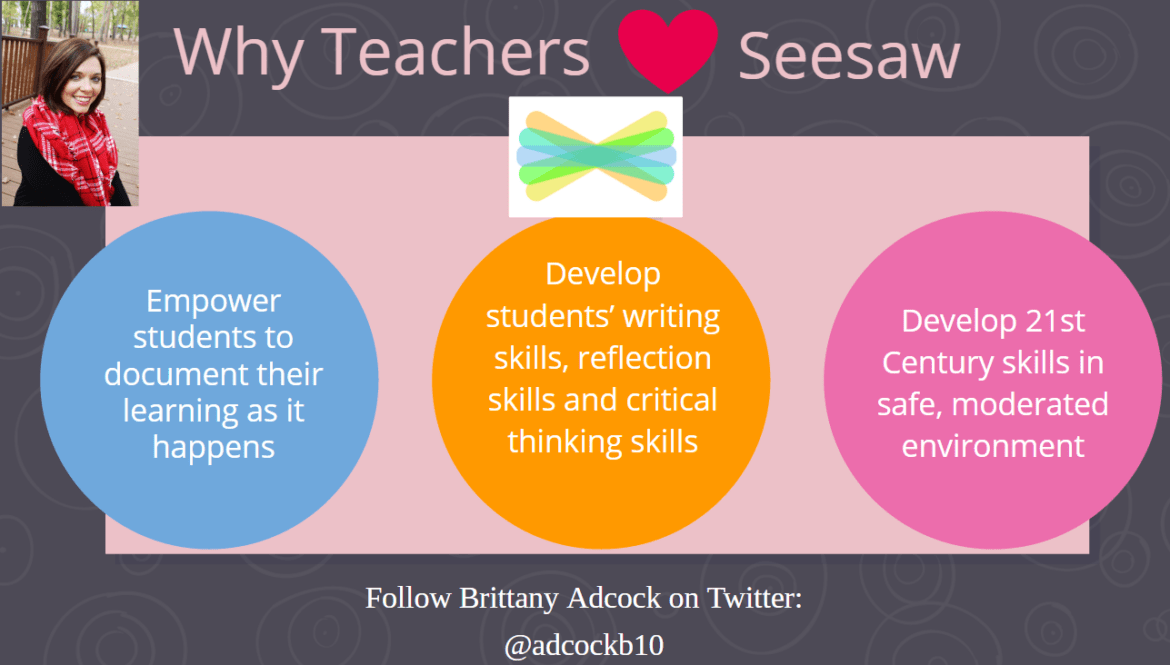In a recent free-to-member workshop on integrating iPads into the classroom, I talked about the power of using drawings and illustrations to help students master both simple and complex concepts. When I think back to my time in school, I never took an art class, which is where most drawing activities would occur. However, today, drawing can be incorporated into any subject area.
The Benefits of Incorporating Drawing into Your Classroom
There are so many benefits of incorporating drawing or sketching in your classroom. For example, it helps:
- Develop students’ visual literacy skills
- Develop students’ observation skills
- Encourage creativity
- Reveal student understandings and misconceptions
- Make connections between observations and ideas.
iPad Drawing Activities
During the workshop, we used the free Doodle Buddy app in order to participate in some of the drawing activities. Any iPad drawing app can be used; however, the Doodle Buddy app is a favorite among the TCEA Professional Development staff. (Peggy Reimers explains her love for Doodle Buddy in the Get Your Picasso On blog entry.)
One activity we did centered around drawing conclusions. The participants in the workshop were to gather all available information as I read to them, reflect on past experience or knowledge to see if there was a connection with the present information, make inferences, and use the sum of what they knew to make a judgment about the situation. They then drew their conclusions using the Doodle Buddy app.
I created “App-Tasktic” cards for each of our activities, which contained the teacher lesson, as well as the student activity. You can view the sample cards of the drawing conclusions activity here. I think these will spark other activity ideas for you.
iPad Drawing Apps
As I mentioned earlier, Doodle Buddy isn’t the only app you can use. There are several iOS apps that can be used to incorporate sketching or drawing in the classroom. Below are a few:
- Draw Free
- You Doodle – Draw on Photos
- Hello Crayons
- Draw for iPad
- Paper 53
- Bamboo Paper
- SketchBook Express
- Kids Doodle
- Draw Your Stories
- Draw in 3D
TCEA iPad Resources
Don’t forget about some of the other iOS resources that TCEA has available for our members such as:
- iPad App List – Find recommended apps for every subject area and concept.
- iPad in the Classroom Group – In the TCEA Social Community, you can become a member of the iPad in the Classroom Group. Then, each day, you’ll receive an email with educational iOS apps that have gone free or on sale that day. You can save hundreds of dollars a year with this great member benefit.
- App Evaluation Rubric – This rubric will help teachers evaluate apps they are considering for the classroom and is available to everyone.
What are some lesson ideas for your classroom that incorporate drawing apps? Please share in the comments below.






 you’ll be teaching adding fractions to your students. In the past, they have had difficulty with this concept. So you want to add an activity with an app for them to use. How do you find the right one? Try
you’ll be teaching adding fractions to your students. In the past, they have had difficulty with this concept. So you want to add an activity with an app for them to use. How do you find the right one? Try  others may not have. Perhaps they are special education and need to use an app with a switch. Perhaps they are needing help with their emotions or learning a second language. The
others may not have. Perhaps they are special education and need to use an app with a switch. Perhaps they are needing help with their emotions or learning a second language. The 



 Consider
Consider 






 with students. Some additional assessment tools not mentioned include
with students. Some additional assessment tools not mentioned include  In this group, several of my favorite apps were mentioned, including
In this group, several of my favorite apps were mentioned, including 